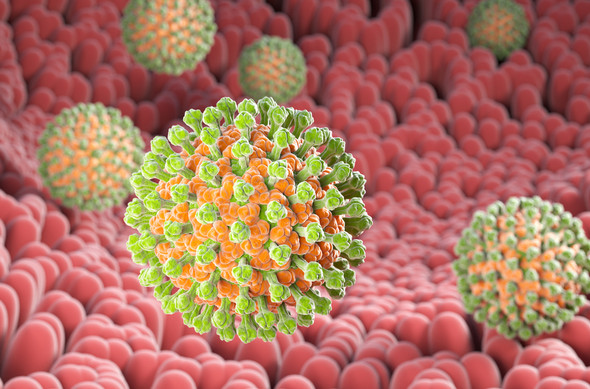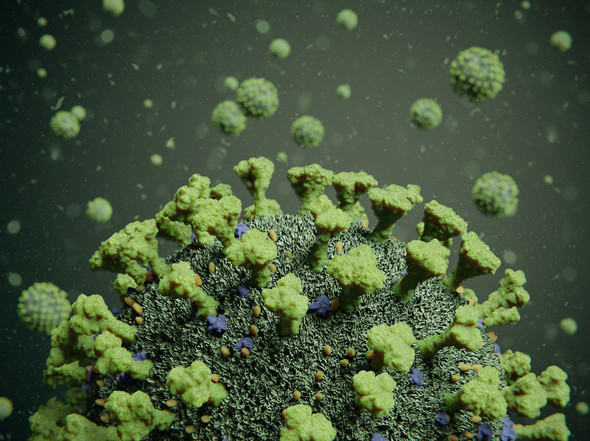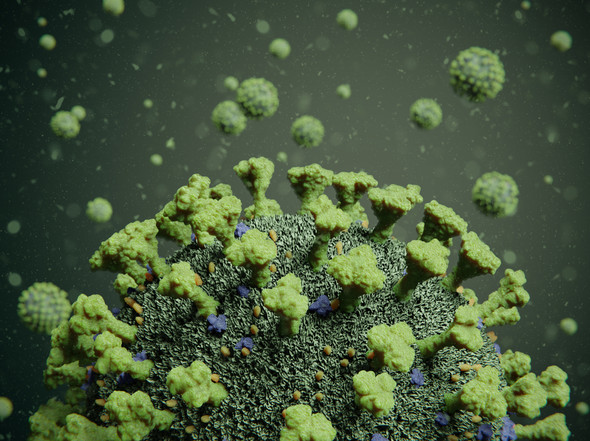Description
SARS CORONAVIRUS MEMBRANE PROTEIN (MATRIX)
SARS Coronavirus Membrane Protein (Matrix) is a recombinant protein (also known as E1 glycoprotein or Matrix) manufactured in E. coli. Protein contains duplicate Membrane immunodominant region sequences fused with a proprietary linker and His-tag. Immunoreactive with sera from SARS-infected individuals.
PRODUCT DETAILS – SARS CORONAVIRUS MEMBRANE PROTEIN (MATRIX)
- SARS Coronavirus Membrane Protein (Matrix).
- Recombinant protein manufactured in E. coli.
- Purity ~90% as determined by SDS-PAGE.
- For use in ELISA and other immunoassays.
BACKGROUND
Severe acute respiratory syndrome (SARS) was first identified in November 2002 in China and spread world-wide before being successfully contained in 2003 by classical public health measures (Buchholz et al., 2004). A total of 8,098 people worldwide became sick with SARS during the 2003 outbreak, of which 774 died (CDC, 2017; WHO, 2004). The etiological agent, the SARS coronavirus (SARS-CoV) is believed to be an animal virus that crossed the species barrier into humans, enabling human-to-human transmission (Antia et al., 2003).
The SARS coronavirus is a positive and single stranded RNA virus belonging to a family of enveloped coronaviruses. Its genome is about 29.7kb, which is one of the largest among RNA viruses. The SARS virus has 13 known genes and 14 known proteins. There are 265 nucleotides in the 5’UTR and 342 nucleotides in the 3’UTR. SARS is similar to other coronaviruses in that its genome expression starts with translation of two large ORFs, 1a and 1b, both of which are polyproteins. ORFs 1a and 1b encode the replicase and there are four major structural proteins: nucleocapsid, spike, membrane and envelope. It also encodes for eight unique proteins, known as the accessory proteins, all with no known homologues. The matrix protein M (221 aa), which is an integral membrane protein involved in budding and which interacts with the nucleocapsid and S proteins (Opstelten et al., 1995; Narayanan et al., 2000). As a component of the viral envelope it plays a central role in virus morphogenesis and assembly via its interactions with other viral proteins.
Immunization with one or more SARS-CoV subunit antigens, either administered as purified protein or expressed from viral or DNA vaccine vectors, has been proposed for designing a vaccine against SARS (Buchholz et al., 2004). The M protein has dominant cellular immunogenicity and elicits a strong humoral response which suggests it would serve as a potential target in SARS-CoV vaccine design (Liu et al., 2010).
REFERENCES
- Antia et al. (2003). The role of evolution in the emergence of infectious diseases. Nature, 2003, 426:658-661.
- Buchholz et al. (2004). Contributions of the structural proteins of severe acute respiratory syndrome coronavirus to protective immunity. Proc Natl Acad Sci U S A. 101(26): 9804–9809.
- Liu et al. (2010). The Membrane Protein of Severe Acute Respiratory Syndrome Coronavirus Acts as a Dominant Immunogen Revealed by a Clustering Region of Novel Functionally and Structurally Defined Cytotoxic T-Lymphocyte Epitopes. The Journal of Infectious Diseases, Volume 202, Issue 8, Pages 1171–1180.
- Narayanan et al. (2000). Characterization of the coronavirus M protein and nucleocapsid interaction in infected cells. J Virol. 2000 Sep; 74(17):8127-34.
- Opstelten et al. (1995). Envelope glycoprotein interactions in coronavirus assembly. J Cell Biol. 1995 Oct; 131(2):339-49.
- Severe Acute Respiratory Syndrome (SARS) Factsheet. Centers for Disease control and Prevention (CDC), December 6, 2017.
- WHO guidelines for the global surveillance of severe acute respiratory syndrome (SARS). Updated recommendations. World Health Organisation. October 2004.














